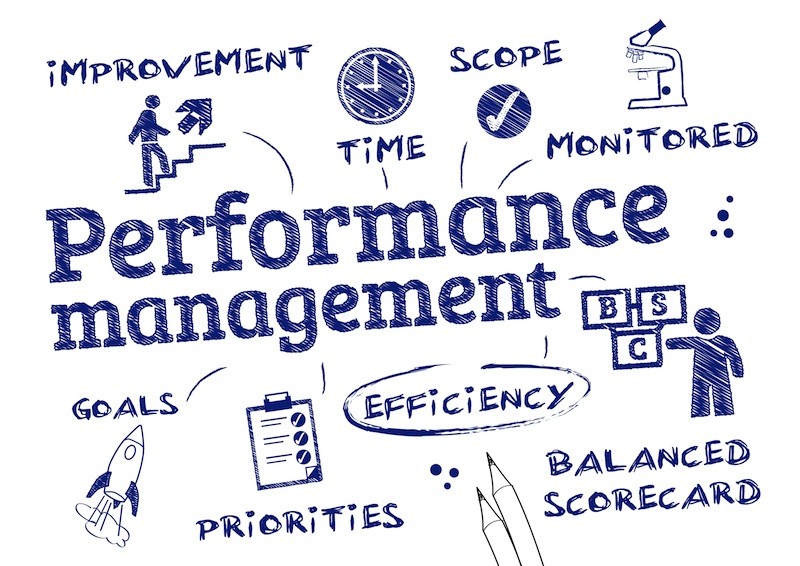Don’t fall into the trap of just cutting and pasting content onto your website. Instead, create compelling content, and use tricks and techniques used by content professionals.
There are two major differences between reading your business’s printed material, such as a brochure, and reading business content from a screen:
- Physically, our eyes can suffer from fatigue after relatively short periods of reading from a screen
- Psychologically, our attention spans are shorter on electronic media than on printed media.
Online users are impatient. They scan content, rather than read it from end to end as they might printed text. Your customers are searching for information on products. And they make decisions quickly. So you need to:
- Engage the reader
- Impart the information
- Be quick and efficient
- Use writing for the Web techniques
Your headings
All pieces of content on your website need a main headline. Use subheadings to break up areas of text on the page to draw the potential customer in. Including keywords in these headings and assigning styles (Heading 1, Heading 2, etc) will also help your search engine rankings. For readability and consistency, use the sentence case for all headings, not all caps. Likewise, you do not need to capitalise the start of each word.
Invert the pyramid
When writing for print, a common strategy is to start with the problem, describe the methodology, move to a detailed analysis supported by figures and tables, relay the results and, finally, offer conclusions. This type of content is structured like a pyramid.
However, on the Web, you should use an inverted pyramid style. This means:
- Putting the conclusion first
- Placing supporting information next
- Including more background information afterwards
Pages should be as short as possible. You should try to stay within the following word counts:
| Type of content | Recommended word count | Comments |
| Heading | 8 words | Include an active verb if possible. Avoid punctuation at the end such as a full stop or exclamation mark |
| Sentence | 20 words | |
| Paragraph | 60 words | 2-4 sentences (the shorter, the better) |
| Opening Paragraph | 60 words | Include key message |
| Web Page | 600 – 800 words |
Note that paragraphs on Web pages should be much shorter than those in printed text. You should include a blank line between each paragraph to make the text easier to scan.
Opening paragraph
The first paragraph of your Web page is vital. Get your key message across in this early section. Most customers will abandon your piece if you haven’t captured their attention in the headline and first paragraph. Keep it short.
Also, remember to:
- Use a conversational tone – use “we” and “you” where appropriate
- Be active, not passive
- Be brief and specific
- Break up long passages of text with bullet points (like this) and subheads
- Create layers and links
- Avoid jargon and acronyms, unless they make complete sense or you provide an explanation
- Keep your style consistent
Calls to action
Remember to include calls to action. These describe how users should act to accomplish tasks and goals. Phrase these so the customer is actually called to do something – Find out, learn about, buy, download, talk to, check out, discover, etc.
Link text
Links are among the most important parts of your content. Poor link text may annoy and confuse users, and is less accessible. Carefully created link text will make your links – and, therefore, your content – much more effective by:
- Increasing the likelihood of click-throughs
- Making the most important information jump out and be easy to grasp quickly
- Giving search engines a better idea of what the link (and what it is pointing to) is about – which is important for search engine optimisation (SEO)
When creating links, also consider the text surrounding the linking text. Sometimes you may also need to provide a description of the destination Web page. However, don’t construct the sentence around the link itself – write the sentence normally.
You should usually link from real words and phrases, not from a web address. Users will recognise and act on words more rapidly as they scan the page.
| Do this | Not this |
| Find out more at ABC’s website | Go to http://www.ABC.com/en/service-and-maintenance/customer-support/support-issues.html |
PDF problems
Publish your content in web pages, and avoid doing so in PDFs. While often seen as convenient, publishing content in a PDF file falls short of best practice because of the following problems with:
- Usability: PDF text is often designed for print, rather than to be read on a screen. This can detract from the user’s navigation of the website
- Downloads: PDF files tend to be much larger than other types of file with the same information. This can make it difficult or impossible for users with low-bandwidth internet connections to view them
- Mobile devices: Users who access a website using a smartphone or tablet will have problems viewing large (typically A4) documents on a small screen
- Accessibility: PDFs can present problems for users of screen-reading technology that converts text into synthetic speech, or electronic Braille






